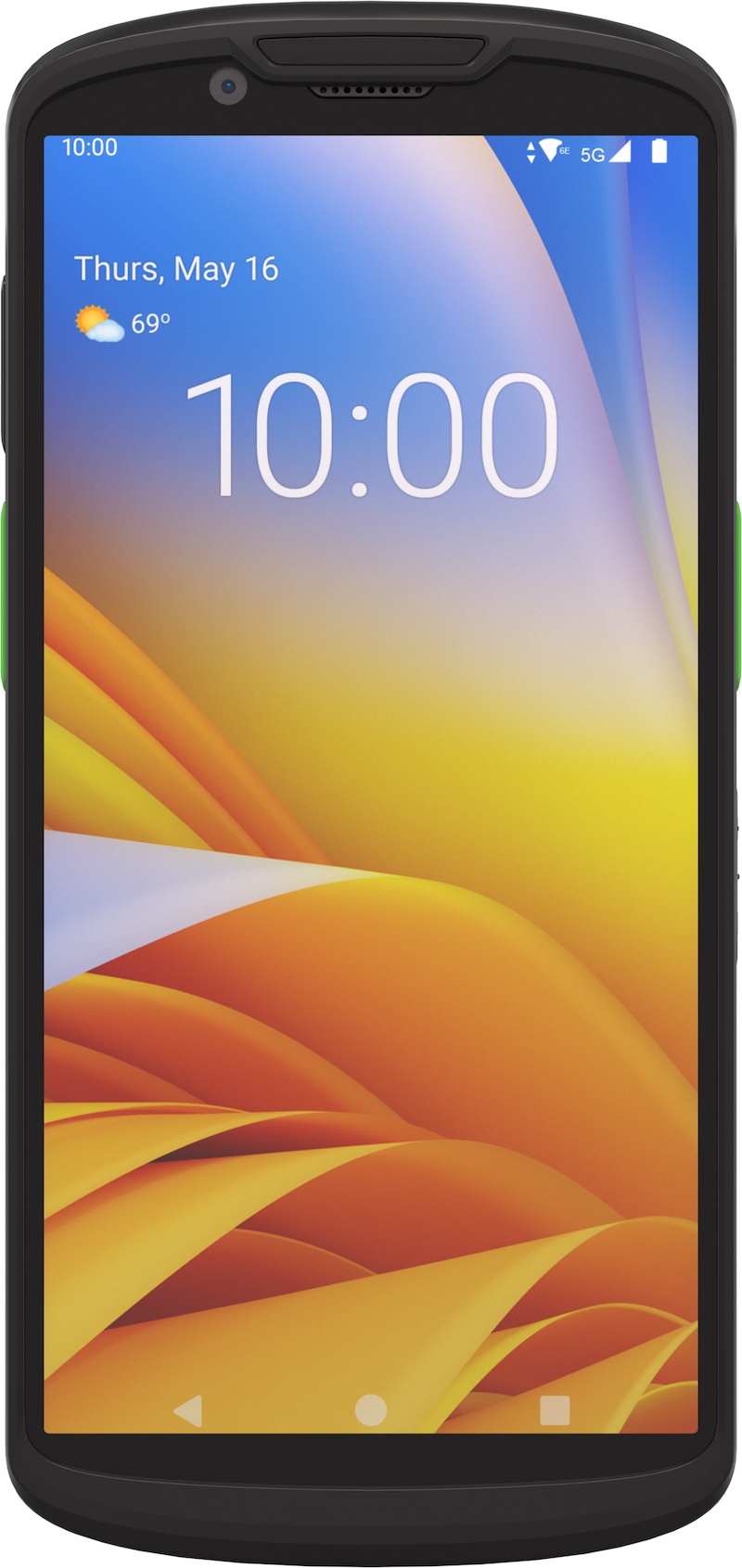The latest readers and printer are designed to help companies ensure shipments move quickly
Companies that are part of the retail supply chain face several daunting challenges: consumer demand for ever-faster delivery, as well as a reduction in labor at warehouses and distribution centers.
For some companies, part of the solution to these problems is RFID technology. With that in mind, Zebra Technologies has expanded its portfolio of RFID readers and printers to better serve those companies.
“The market wants faster data capturing,” said Andre Luecht, global strategy lead for transportation, logistics and warehousing at Zebra Technologies. “And it needs to do so in a time of historic labor challenges.”
Zebra’s solution is a set of fixed and handheld readers, RFID-enabled mobile computers, as well as a mobile RFID tag printer, resulting in making data access faster and more agile.
New Mobile Computers with RFID
The company recently announced its new TC5X series mobile computers designed to serve multiple applications with a choice of connectivity technology including 5G, Wi-Fi 6E and integrated UHF RFID.
The built-in RFID reader can capture tag reads from goods moving through a warehouse at a distance of about 3.9 feet. By leveraging RFID, dock workers can ensure the proper shipment is being loaded in the right van and no items are missing by reading goods as they are loaded.
Zebra is promoting the flexibility of the new readers for their ability to be used in retail settings. For instance, store associates will employ the TC53e reader to search for a specific RFID tagged item. The technology can be used at sites such as automated checkout or to validate tickets at concerts and sports events as well.
Additionally, the company is pitching TC53e for its ability to read RFID tags attached to baggage at airports to help identify bags on a baggage cart or conveyor, quicker.
Fixed Readers
Some companies are transitioning to fixed readers to reduce the labor needed to read tags in warehouses by hand, said Luecht. For that market, Zebra has the FXR90 and FX9600 readers—built to be rugged—for use in manufacturing environments, transportation and logistics sites or warehouses where there may be exposure to dust, spray or extreme temperatures.
Zebra officials offered that the new readers offer greater sensitivity than previous readers and include Bluetooth 5.3 connectivity to almost any Android or Windows device. They come with 5G, GPS and CBRS (citizens broadband) built in so that users can select the best wireless network for their purposes.
To identify the direction in which tagged goods are moving, the ATR7000 can be mounted under the ceiling or roof to detect tags as they pass through dock doors, or between zones.
That data helps companies identify what is entering or leaving the facility. The overhead bidirectional functionality leverages a combination of triangulation and read data calculation to identify direction of movement.
“They can know if it’s going toward the back of the warehouse or in the staging area is being loaded or unloaded,” said Luecht.
Dock Doors Readers
Zebra’s Integrated RFID portals—Dock Door Readers—are gaining penetration for use in applications tracking tagged returnable assets such as wire cages, crates or pallets.
The readers come fully assembled so that they can be easily deployed using Power over Ethernet (PoE).
“They come with specialized antennas that tune out cross talk, reducing erroneous reads, while also accomplishing highly accurate read rates through a portal,” said Luecht.
Such readers are being deployed at retail locations, and quick-serve restaurants as well as their supplier sites, to capture the movement of perishable goods.
RFID Tag Printers
Zebra recently introduced its ZT600 RFID mobile printers that are easily deployed in warehouses right where pallet building is taking place. For companies that are applying an RFID tag to a loaded and shrink-wrapped pallet, for instance, the printer is intended to make the process faster.
“That’s powerful because [when building a pallet] you might be away from a stationary printer,” Luecht said. Traditionally users might have to trigger a new RFID tag print, when they’ve completed wrapping a pallet, then would have to walk to a centralized printer to get that label.
Instead, the ZT600 with Wi-Fi 6 functionality, is designed to be small and mobile enough to be brought directly to the site where pallet building is taking place.
Bluetooth Low Energy Temperature Scanner
Additionally, Zebra is releasing its wearable ZS300 temperature sensing solution that consists of a wrist computing device, with built-in Android computer, camera and RFID module.
The device can take pictures, scan barcodes, read RFID tags and transmit a BLE signal to identify BLE tags and any sensor data that they may be storing.
The miniaturized technology is in a form-factor worn on the back of the wrist and is the size and shape of an iPhone.
The new products are serving an increased need for hybrid approaches for barcode scanning, RFID and BLE converge across complex supply chains.
Reacting to Customers’ Needs
“No one is going to move off of [barcode] scanning anytime soon— everything has a barcode on it,” Luecht pointed out. “However, customers have been telling Zebra, that ‘if you could add a powerful RFID reader to the scanner that that will be helpful’.”
For retailers and suppliers today, picking needs to be faster, the processing needs to be faster, the loading needs to be faster, the delivery needs to be faster, Luecht said.
“RFID can deliver fast accurate data capturing and data capturing independent of the availability of trained people,” he said.
Key Takeaways:
- The new Zebra readers and printer all aim to simplify the capture of RFID data as tagged goods enter and leave a warehouse.
- The systems will enable companies whose goods are being tagged with RFID to gain more value in an easier way from the unique ID encoded on each product’s tag.



